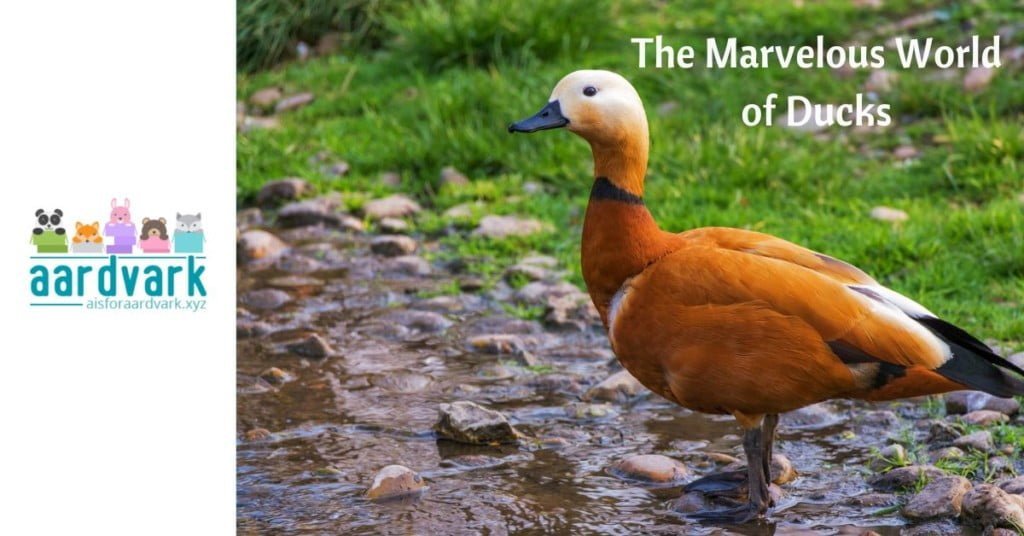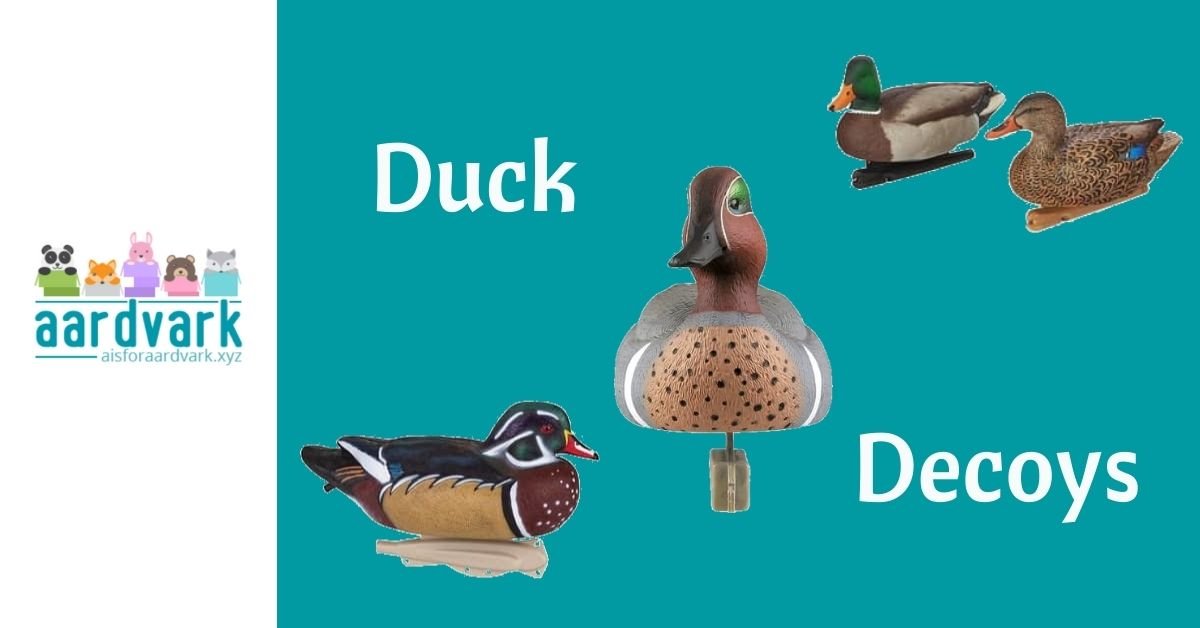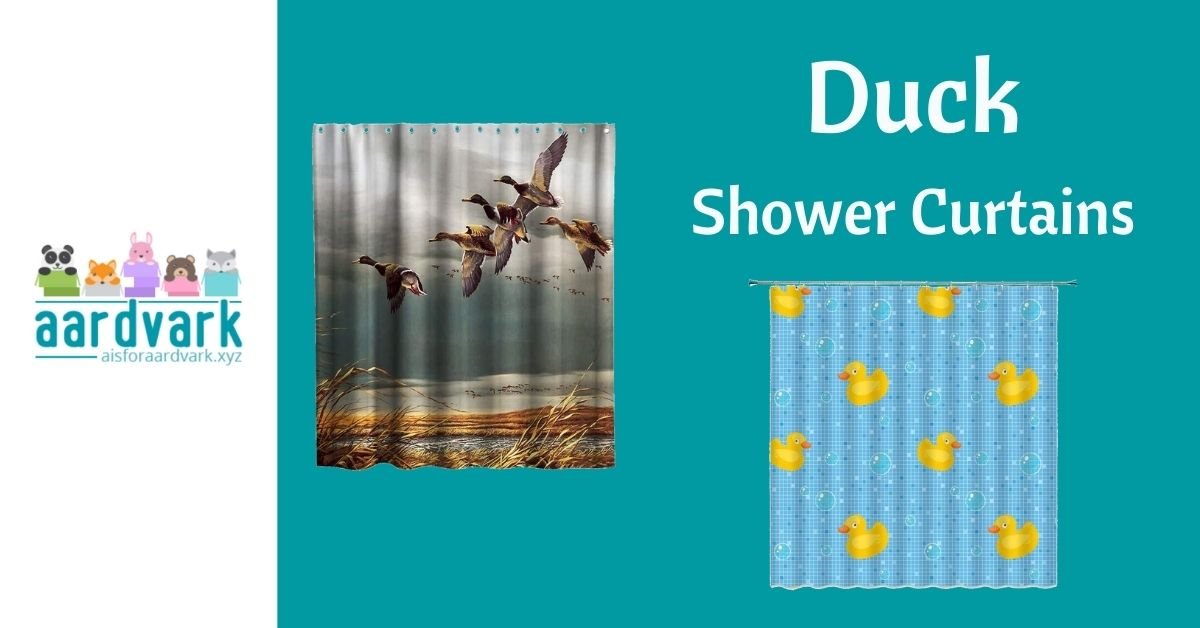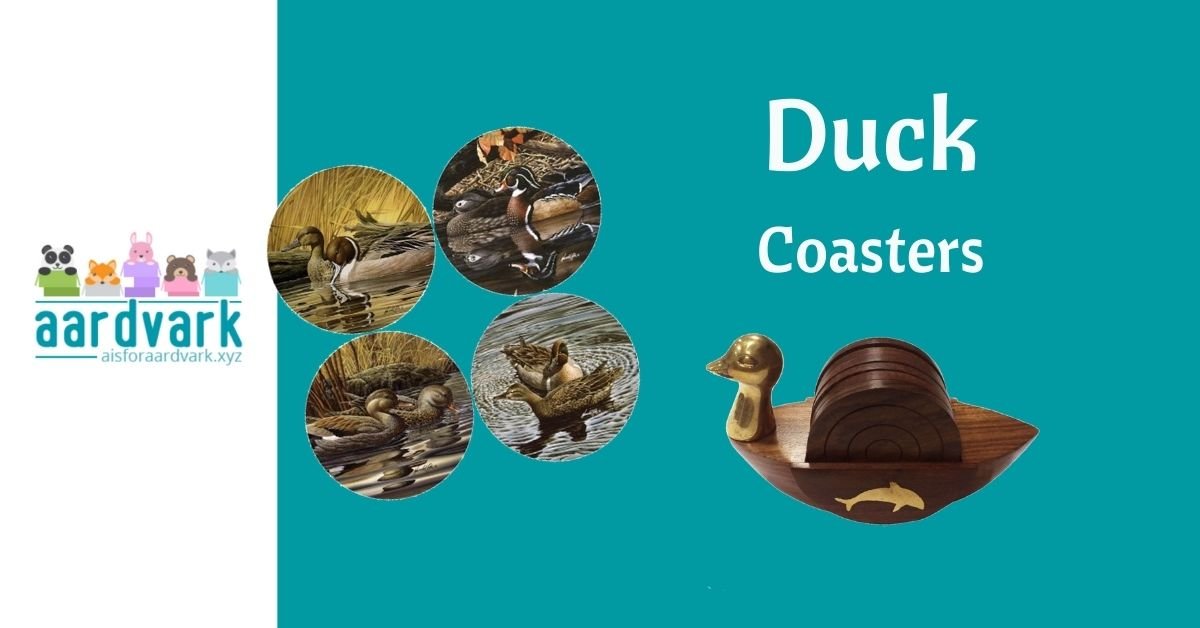Ducks have a unique place in our hearts and imaginations; they can be both enchanting and comical. From their waddle to their quacks, they’re truly captivating creatures.
Let’s take a trip into the world of ducks, exploring their diverse species, their incredible life cycle, their intriguing presence in both real life and pop culture, and the charming ducks from other parts of the world.
Diverse Duck Species: North American Treasures
Even if we just talk about North America, we can find an impressive array of duck species. Each of these birds brings its charm to the wild landscapes of this continent. From the vibrant Mallard with its iridescent green head to the elegant Northern Pintail, the diversity of North American ducks is a sight to behold.
The Mallard is easily recognizable with its bold colors. The male Mallard boasts its iconic green head and a vibrant orange bill, while the female is more understated with mottled brown plumage. Mallards can be spotted in various habitats, from city ponds to rural marshes, making them one of the most widespread and adaptable duck species in North America.
The Wood Duck, on the other hand, showcases an extraordinary mix of colors. With iridescent purples, blues, and greens, the Wood Duck stands out as one of the continent’s most stunning waterfowl. Known for its breathtaking beauty, it’s no wonder that the Wood Duck has been celebrated in the hearts of bird enthusiasts and artists alike.
The American Black Duck, a larger species, can reach up to 24 inches in length. Its dark brown plumage, pale face, and yellowish bill create a distinctive and majestic appearance. These ducks are often found in quiet wetlands, where they can be seen foraging for food and gracefully gliding on the water.
The Northern Pintail is known for its graceful neck and the striking white stripe that runs down it. With a slender profile and a long, pointed tail, these ducks add elegance to the wetlands they inhabit. Their unique appearance and behaviors make them a favorite among birdwatchers and nature enthusiasts.
Ducks Around the World: Beyond North America
Ducks are not exclusive to North America, of course. They grace wetlands, rivers, and lakes on virtually every continent. In Europe, for example, the graceful Northern Shoveler is known for its distinctive large, spoon-shaped bill, while the Common Eider of Scandinavia is famous for its prized eiderdown, used to make warm quilts.
Asia hosts its own variety of duck species, with the Indian Runner Duck, known for its upright stance, and the Mandarin Duck, with its vibrant and intricate plumage, being particularly remarkable. In Australia, the Pacific Black Duck is a familiar sight, and the Blue-billed Duck showcases a unique deep blue bill.
South America offers a rich tapestry of duck diversity, with the Torrent Duck’s incredible ability to navigate swift mountain streams and the Rosy-billed Pochard’s eye-catching pink bill, which will catch anyone’s attention.
Africa, a continent of astounding biodiversity, features the Hottentot Teal with its stunning blue face and the White-faced Whistling Duck, whose moniker is derived from its distinctive vocalizations.
The Wide Range Of Duck Sizes
Diversity extends to their sizes as well. The Green-winged Teal, for instance, is one of the smallest North American duck species, measuring just 11-13 inches in length. Their diminutive size enables them to access environments where larger ducks might struggle. Conversely, the American Black Duck, the largest in North America, commands attention with its substantial 24-inch frame.
The Duck Life Cycle: From Eggs to Quacks
Ducks, like all birds, have a life cycle that starts with the laying of eggs. These avian architects meticulously construct nests, often in concealed spots near water, to protect their precious cargo. Whether hidden in tall grass, nestled in reeds, or tucked into tree hollows, duck nests provide a safe haven for eggs.
When it comes to duck eggs, variety reigns supreme. Mallard eggs, for instance, are typically pale green or off-white. Wood Duck eggs dazzle with their bright white shells. These eggs are oval-shaped and have a slightly smoother texture compared to chicken eggs, designed to provide protection and insulation for the developing embryos.
Female ducks commit to the incubation process, using their bodies to keep the eggs warm. This can take about 25 to 30 days, depending on the species. During this time, the ducklings develop inside their protective shells.
When the moment arrives, ducklings use a specialized bump on their beaks known as an “egg tooth” to break through the eggshells. It takes approximately two to three months for these young ducks to develop their adult feathers, gain the ability to fly and begin their independent journey.
During this phase, the young ducklings rely on their parents for protection, guidance, and nourishment. They learn essential life skills, such as foraging for food and navigating various habitats. As they grow, they gradually become more self-sufficient, often forming flocks with their peers.
The Quack Mystery: An Interesting Fact
Here’s a curious fact about ducks: their quacks don’t echo. While this may sound like an urban legend, it’s actually a well-documented phenomenon.
The reason for this quack mystery lies in the unique structure of their vocalizations. Unlike most other birds, ducks have a specialized syrinx, the avian vocal organ, which produces sound. This makes their quacks less prone to echoing, creating a quirk that adds to their mystique.
Why Ducks Don’t Get Wet
You may also have noticed that ducks seem to stay remarkably dry even when they’re floating in water for extended periods? This is due to a combination of remarkable adaptations in their feathers and their meticulous grooming habits.
Duck feathers are equipped with a specialized oil gland near the base of their tails. This gland produces oil that ducks spread over their feathers during preening. This oil serves as a waterproofing agent, creating a barrier that repels water. This adaptation allows ducks to remain buoyant on the water’s surface while keeping their bodies dry.
Additionally, the structure of duck feathers is designed to trap a layer of air close to the skin, which acts as an insulator. This air layer not only maintains the duck’s body temperature but also further enhances their buoyancy.
As ducks paddle in the water, their feather structure and waterproofing oil work together to keep them comfortable and dry. So, while they may appear to be soaked, they’re actually staying quite snug beneath those seemingly wet feathers.
Cultural Significance and Pop Culture Ducks
Ducks hold a special place in human culture and pop culture alike. They have been celebrated and featured in numerous tales, cartoons, and art forms throughout history.
One of the most famous ducks in the world of pop culture is Donald Duck, created by Walt Disney and Ub Iwerks in 1934. With his sailor outfit and distinctive voice, Donald became an iconic character in Disney’s universe. His adventures, often filled with humor and life lessons, have entertained generations of children and adults.
Another beloved duck character is Daffy Duck, who made his debut in Warner Bros.’ Looney Tunes and Merrie Melodies series. Daffy is known for his zany, unpredictable personality, providing countless laughs and entertainment. His personality makes him a sometimes buddy, sometimes antagonist to Bugs Bunny. Daffy’s witty one-liners and comedic antics have made him a fan favorite for decades.
In the world of literature, E.B. White’s “The Trumpet of the Swan” features a mute trumpeter swan named Louis who befriends a young boy. The novel explores themes of love, communication, and the unique beauty of waterfowl. (If the name E. B. White sounds familiar, it’s because he also wrote “Charlotte’s Web”!)
Beyond the fictional world, ducks have played significant roles in various cultures. In ancient Egypt, they were associated with the goddess of motherhood, Isis. The Egyptians believed that ducks symbolized fertility and family.
In Chinese culture, the mandarin duck represents love and fidelity, often portrayed in art and literature as a symbol of marital bliss.
Ducks have also appeared in various works of art. The famous painting “Whistler’s Mother” by James McNeill Whistler features a mother duck and her ducklings in the background. Their presence adds a touch of nature and life to the serene scene.
The world of ducks encompasses everything from the intricacies of egg-laying to the joys of watching ducklings grow and mature. Whether they’re gliding on the water or waddling on land, ducks continue to inspire wonder and affection in the hearts of people around the world. With their distinctive quacks, waterproof feathers, and global presence, ducks are truly remarkable creatures that remind us of the simple joys of observing and appreciating the natural world.







